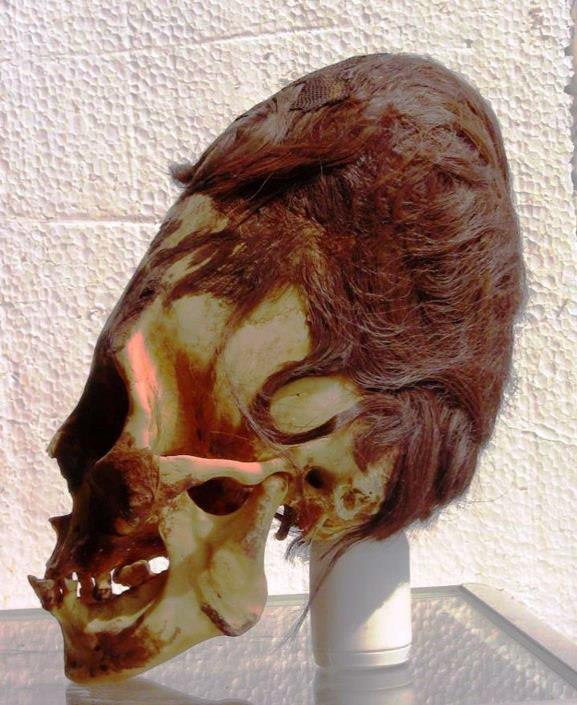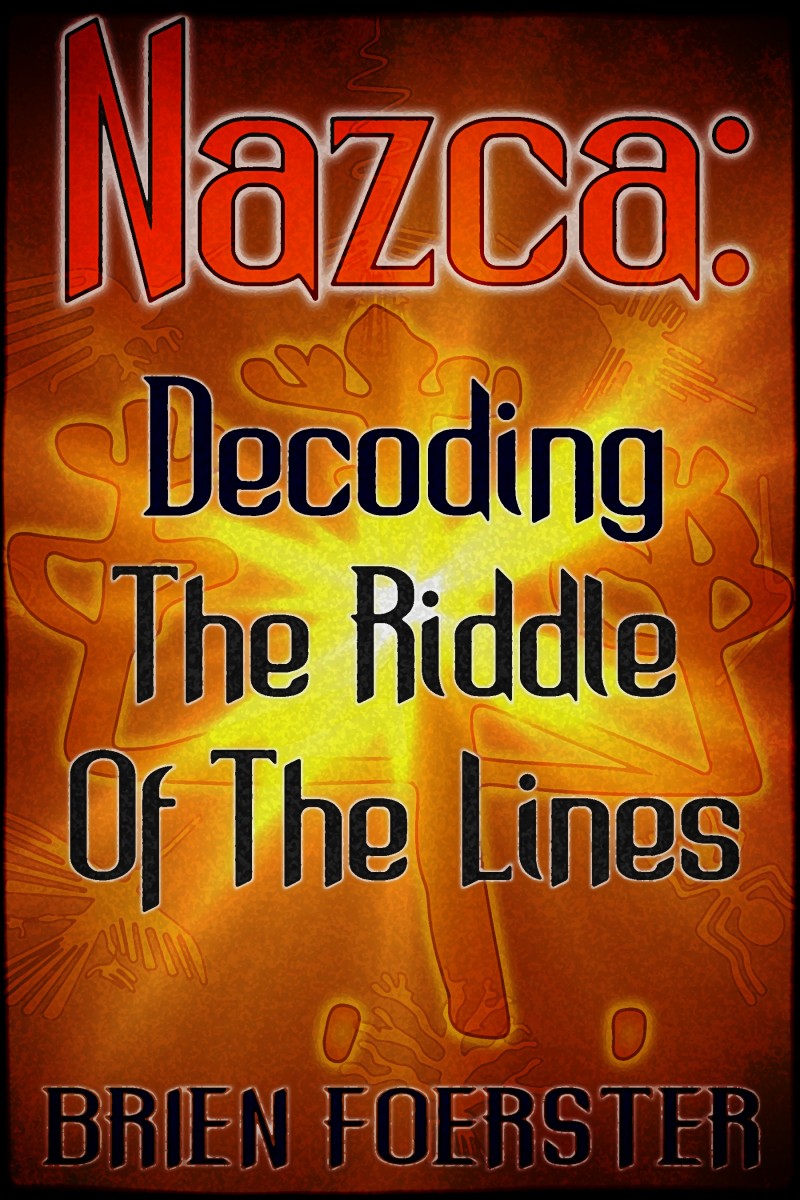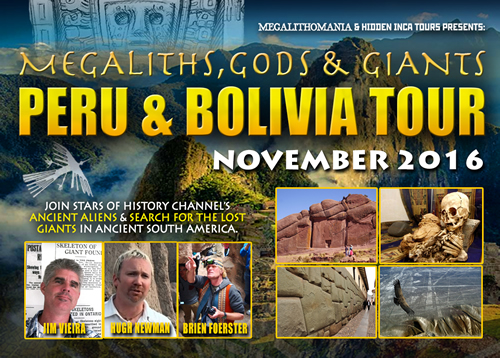|
|
GIZE, STONEHENGE, CHICHEN ITZA, ETC,ETC: LINEAS DE NAZCA
Choisir un autre rubrique de messages |
|
Réponse |
Message 1 de 28 de ce thème |
|
|
|
|
|
Réponse |
Message 14 de 28 de ce thème |
|
|
|
|
Réponse |
Message 15 de 28 de ce thème |
|
Esta hermosa pirámide de Cahuachi te fascinará. (Foto: Ica)
|
|
|
|
Réponse |
Message 16 de 28 de ce thème |
|




Esta hermosa pirámide de Cahuachi te fascinará. (Foto: Ica)
| Reply |
Message 15 of 15 on the subject |
|
|
Las Pirámides de Cahuachi están ubicadas en la ciudad de Nazca, en el departamento de Ica. Cahuachi fue la capital teocrática de la Cultura Nascagobernada por sacerdotes, por ello algunos investigadores la consideran el “Vaticano del Perú Prehispánico”.
TAMBIÉN PUEDES LEER: Sillustani: Conoce este cementerio preincaico en Puno (FOTOS)
Estas pirámides fueron descubiertas en el año 1982. Se encuentran ubicadas a aproximadamente 400 kilómetros al sur de la ciudad de Lima y su nombre significa“Lugar de videntes”.
Funcionaban como un centro ceremonial y estaban construidas de adobe, con forma cónica y se supone que las ventanas, puertas y techo eran de madera de guarango. La cultura Nazca tuvo su época de esplendor entre los años 1 y 500 d.C. Sin duda, estas pirámides son una atracción turística que debe ser conservaba debidamente por las respectivas autoridades para mantener su esplendor y la historia que representa.
Fuente: mysteryperu.com
http://peru.com/viajes/conozca-peru/nazca-conoce-hermosas-piramides-cahuachi-fotos-noticia-407373
|
|
|
|
|
|
|
Réponse |
Message 17 de 28 de ce thème |
|
The area of Nazca in Peru is of course most famous for the ancient lines and geoglyphs attributed to the Nazca people. However, the area is far more historically complex than that. The system of etchings in the the ground start to the northwest at Paracas, on the coast, where the huge geoglyph called the Candelabro is located.

Traveling in a southwest direction from this spot, you encounter hundreds of other geoglyphs in the area near the town of Palpa, which is in between Paracas and Nazca.

For example, the above photo is what is commonly called the Mandala, which, along with the hundreds of other geoglyphs in the area were created by the Paracas people, hundreds of years before the Nazca culture ever existed.

No one knows for sure where the Paracas came from. The royal family of these people had elongated heads, and likely genetically red hair. It is presumed by the author that they were in fact exterminated by the Nazca, who entered Paracas lands about 100 AD after their crops began failing.

It is likely that the Nazca continued the earlier work of the Paracas, creating such geoglyphs as the Hummingbird seen above. As the Nazca were not as adept as the Paracas as regarding agriculture, they disappeared from the area about 600 AD. Learn more about the Paracas, Nazca, and Puquio well system with the following book:

Available as an e-book through my website HERE
Or via Amazon in e-book and paperback formats HERE
Join us as we explore this November. There are only a few spaces left on this tour, so act now!

https://hiddenincatours.com/exploring-nazca-lines-peru-quadcopter/ |
|
|
|
Réponse |
Message 18 de 28 de ce thème |
|
|
|
|
Réponse |
Message 19 de 28 de ce thème |
|
http://www.celticnz.co.nz/Nazca/Nazca6.htm |
|
|
|
Réponse |
Message 20 de 28 de ce thème |
|
|
|
|
Réponse |
Message 21 de 28 de ce thème |
|
|
|
|
Réponse |
Message 22 de 28 de ce thème |
|
|
|
|
Réponse |
Message 23 de 28 de ce thème |
|
|
|
|
Réponse |
Message 24 de 28 de ce thème |
|
|
|
|
Réponse |
Message 25 de 28 de ce thème |
|
|
|
|
Réponse |
Message 26 de 28 de ce thème |
|
|
|
|
Réponse |
Message 27 de 28 de ce thème |
|
|
|
|
Réponse |
Message 28 de 28 de ce thème |
|
|
|
 Premier Premier
 Précédent
14 a 28 de 28
Suivant Précédent
14 a 28 de 28
Suivant
 Dernier
Dernier

|
|
| |
|
|
©2025 - Gabitos - Tous droits réservés | |
|
|

